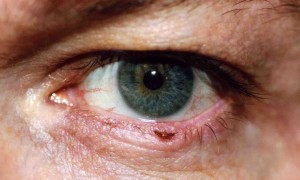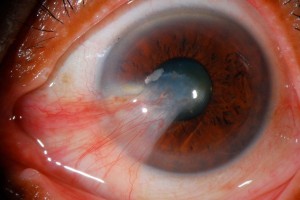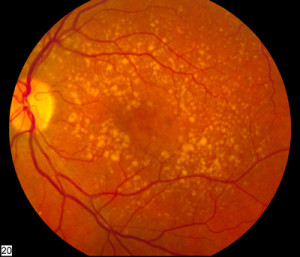
13 Jan Things you need to know about UV and your eyes
As kiwis we are often painfully unaware about the need to protect ourselves from UV light. Skin cancer is the most common form of cancer in New Zealand with more than 67,000 new cases diagnosed each year. We often hear that New Zealand has the highest rate of skin cancer in the world and we are bombarded with the sun smart message to slip, slop, slap.
In more recent times a wrap has been added to the end of the cancer society’s message encouraging people to “wrap” on a pair of sunglasses. In this article we want to look at why this is important and also what people need to look for when choosing a pair of sunglasses.
So let’s start with the why.
As we are all aware New Zealand is “blessed” with a thinner ozone layer than most other parts of the world. Interestingly this does not mean that New Zealanders are exposed to more UV than other parts of the world. Indeed equatorial countries such as Kenya have consistently higher UV indices throughout the year than New Zealand. The trick is that in those countries the extreme heat in the middle of the day drives people to avoid sun exposure during the hours that UV levels peak. Altitude also plays a significant role with significantly higher levels of UV hitting the surface at higher altitudes.
New Zealand Europeans are the group most likely to develop skin cancers. Simply put the more pigment (melanin) someone has in their skin the greater the body’s ability to harmlessly deal with UV. People whose ethnic origin is in the United Kingdom are genetically poorly equipped to deal with the levels of UV we experience in New Zealand.
So how does UV effect your eyes?
Many eye conditions show strong links with UV exposure:
- Eyelid skin cancers: probably the most import as it is difficult to use sunscreen to protect this area. Eyelids are extremely common sites for all types of skin cancer from the highly malignant melanoma through to the locally destructive but less lethal basal cell carcinoma.
- Pterygium: pterygia are non-cancerous growths from the white of the eye across the cornea, they have the potential to cause distortion in the cornea and reduced vision. They are strongly associated with UV exposure
- Cataract: cataract are a gradual loss in transparency of the lens of the eye. Typically UV light entering the eye will be absorbed by the lens and can contribute to the gradual breakdown in the regular structure of the lens that naturally occurs with age. People with higher exposure to UV are 60% more likely to develop cataract.
- Macular Degeneration (MD): MD is a disease of the retina, it is leading cause of blindness in people over the age of 60. It is currently believed that there is a link between a lifetime of sun exposure and the risk of developing macular degeneration. There is also a lot of research interest in to what role the higher energy blue wavelengths of light may play in damaging the retina.
So we know why its important for the reasons above but when you go shopping for sunglasses what is the best type of lens to look for? Well here is my list of must haves for sunglasses:
- All sunglasses should have lenses that block 100% of UV light (meaning anything less than 400 nm)
- The frame should provide adequate coverage with little light being able to penetrate around the frame.
- Polarized lenses provide 100% UV protection and in addition filter reflected light preferentially giving better clarity and comfort for all outdoor tasks.
- Back surface non reflective coating, this is a coating that absorbs reflected light from the insider surface of the lens. This gives better clarity of vision when wearing.
- Photo-chromatic: where possible I like to have a lens that can adjust to different lighting conditions. These can be harder to find but are a real bonus if you can get them (Tip: Serengeti lenses are all photo-chromatic).







No Comments